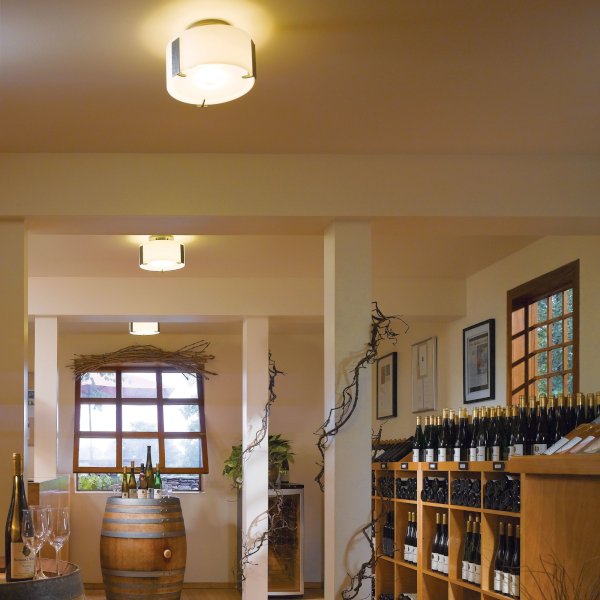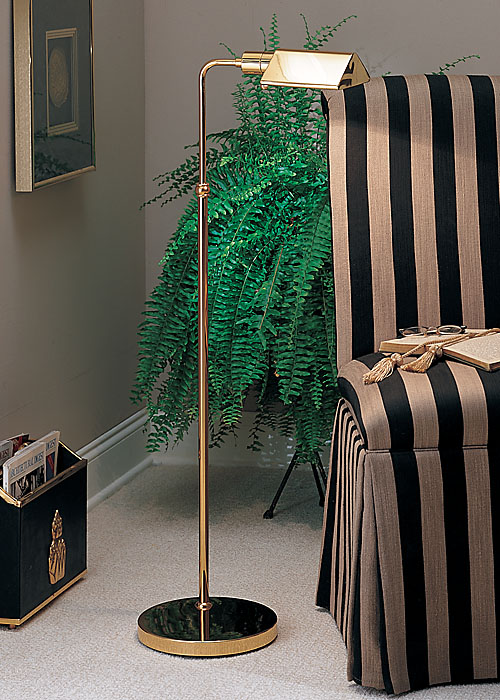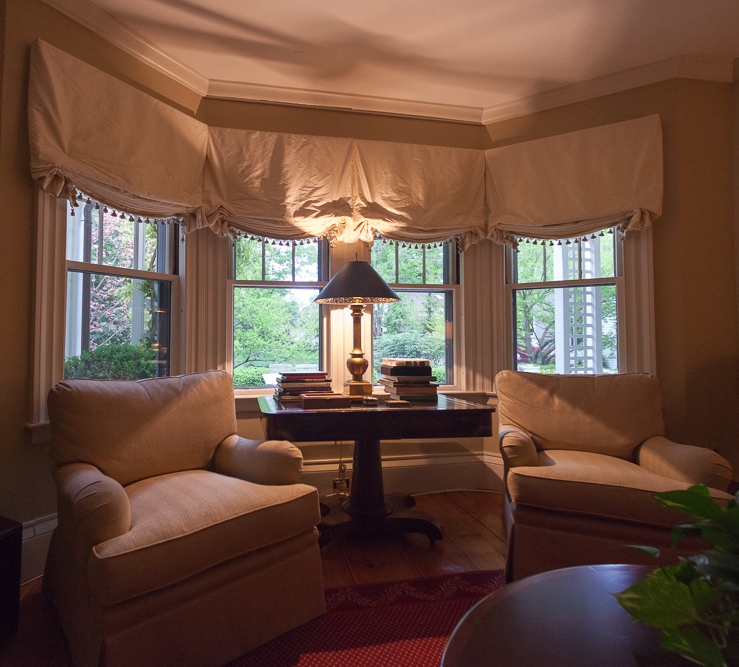What is lampshade luminance? Very simply, luminance can be thought of as one’s perception of brightness. It usually refers to the amount of light that reaches the eye of the observer.
Historically a lampshade was regarded as a functional necessity to cover the glare from a light source – most often from a table or floor lamp. Today, while lampshades continue to perform a functional need, they have evolved to an art form in their own right – different shapes, fabrics – from silk, to linen, to paper – to wood and metal, often including additional decorative elements.
Lampshades fall along a continuum of translucent (relative) to opaque. The translucent shade may be either a hardback shade or a silk shade. The translucent shade lets the light through with a gentle diffusion. There are many types of translucency. For example, silk is more translucent than coated papers or parchment. The inner surface of a translucent lampshade should be white or off-white for the highest “luminocity”.
There are two types of opaque lampshades – fully and semi-opaque. The fully opaque shade lets no light through the sides, but rather casts it upward and downward in a focal glow. One of the most efficient opaque lampshades is the metal “pharmacy” type of shade; the opaque metal causes all of the light to focus in one direction. These types of lampshades are typically excellent for task work – reading, writing, sewing, drawing or other close work.
One type of semi-opaque lampshade permits a small amount of light to come through its surface while casting the majority of the light through the top and bottom of the lampshade – these are most often made of an opaque paper – often black with a gold lining or any color with a white, opaque lining. The outer surface of an opaque lampshade can be any color, while the inner surface can be white, gold or silver.
Another type of semi-opaque lampshades are those constructed of a fiber / fabric – but in a dark color – reds, blacks, blues – the list goes on. While light will emit from the top and the bottom of the shade, a vast amount of the lumens produced by the light source will be absorbed by the shade fabric.
Read more ➜




